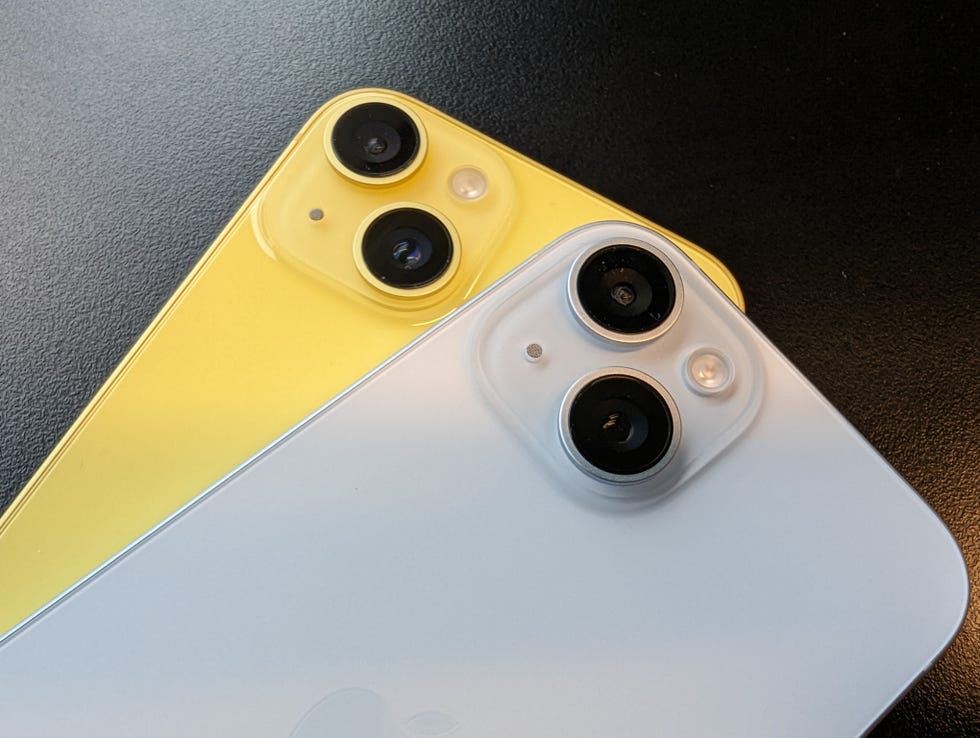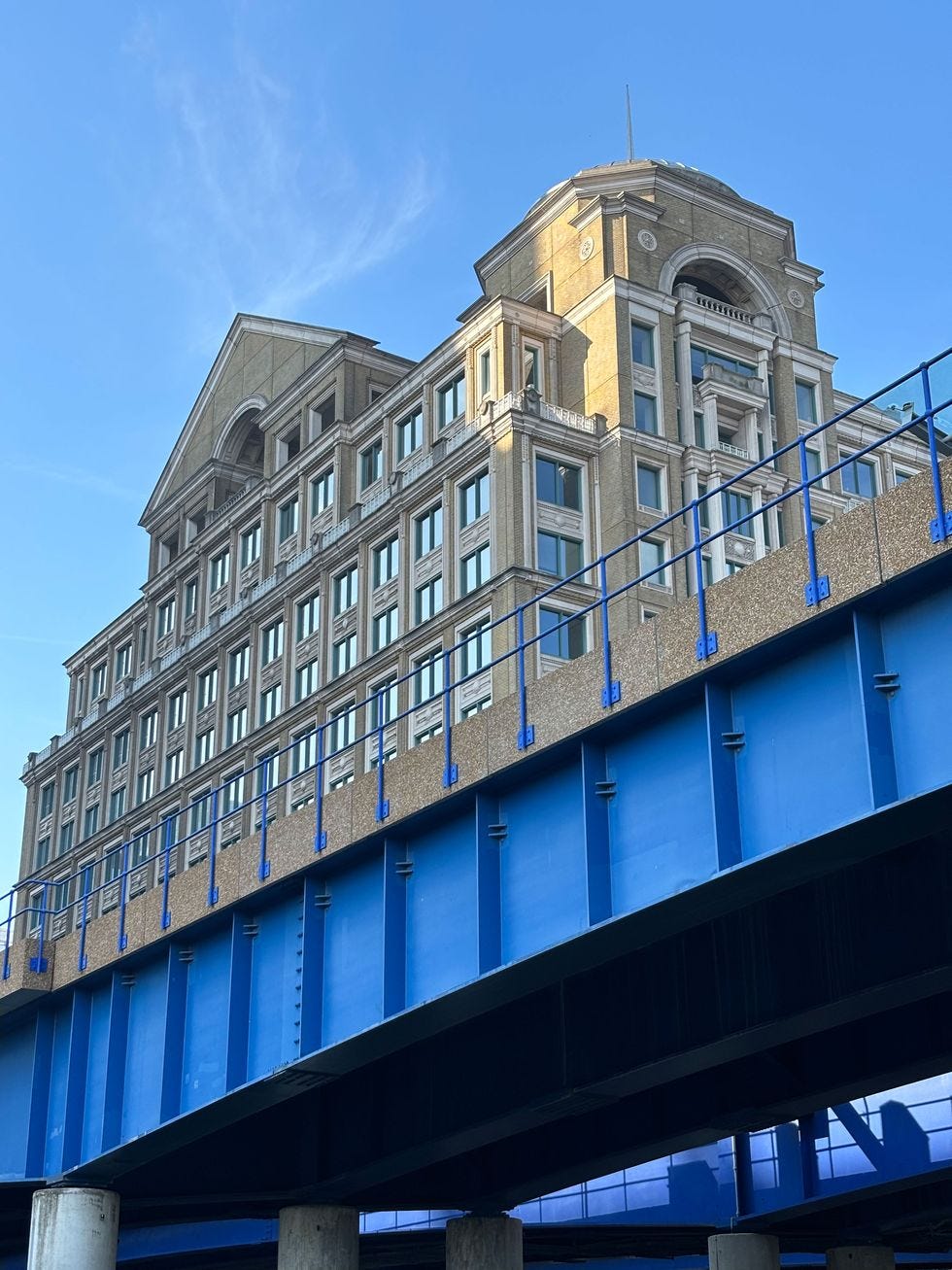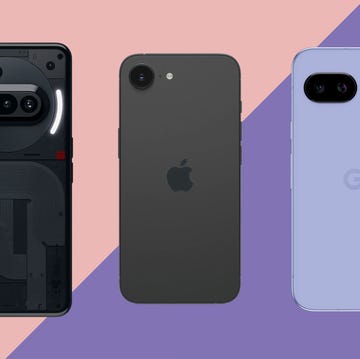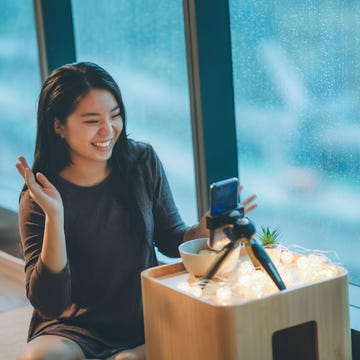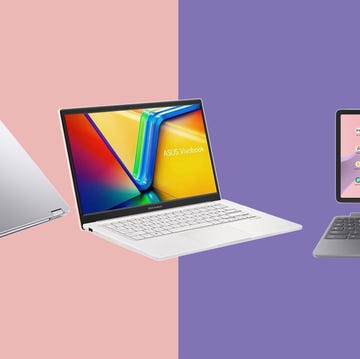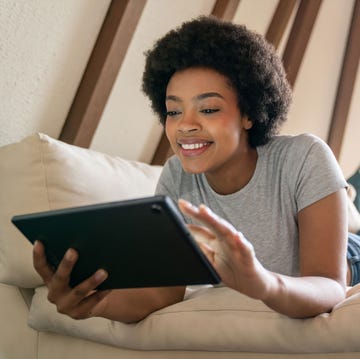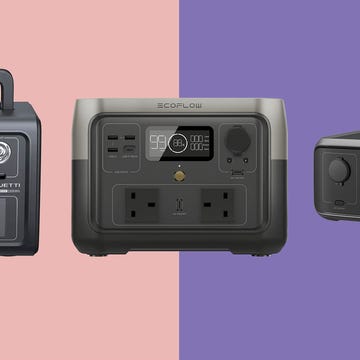Jump to:
- Is there a big difference between iPhone 15 and 14?
- Is iPhone 15 the same size as iPhone 14?
- What’s the difference between the iPhone 15 and iPhone 14 cameras?
- Does the iPhone 15 cost the same as the iPhone 14?
- Is the iPhone 15 faster than the iPhone 14?
- What colours are available?
- Is the iPhone 15 worth it compared to the iPhone 14?
- Should you buy a refurbished iPhone?
- What about the iPhone 15 Pro and 15 Pro Max?
The iPhone 15 is here – and, unlike last year when we compared the iPhone 14 to the 13, there are compelling reasons to pick up the new model – especially if you’re making the jump to the new handsets from an older iPhone SE, XR or 11. But with the iPhone 14 now £100 more affordable in the UK (and likely to drop even more in the coming months), it’s understandable that you would also be considering that phone instead. So, which one is best for you?
We know you’ll have questions: Is it worth spending the extra money on the new iPhone 15, or should you settle for last year’s flagship? If you already have an iPhone 14 in your pocket, does the iPhone 15 do enough to justify buying a new one so soon? What about refurbished? We’ve been hands-on with the iPhone 15 vs iPhone 14 to help you find the answers.
Is there a big difference between iPhone 15 and 14?
They may look similar at a glance, but the iPhone 15 does contain some significant changes from the iPhone 14.
The front notch is replaced with the “Dynamic Island” feature that was previously only on the Pro models, it is charged by USB-C instead of a Lightning port, the main camera is 48 megapixels (MP) instead of 12MP, and the back panel is a matte material that is pleasantly grippy to hold.
The chip is now an A16 Bionic (the 14 shares the same A15 as the 13) which is faster and better at multitasking, plus it comes in a selection of new muted pastel colours (we’re partial to the light pink, frosty blue and pale green).
A lot remains the same – including battery life, 6.1-inch screen size, water resistance rating, storage options and the addition of a Plus model to get a bigger screen – but as a package the iPhone 15 is much closer to a Pro-level experience, while the iPhone 14 and iPhone 14 Plus feel much more separated specs-wise from the flagship models.
While it’s a shame that the customisable “action button” didn’t make its way to the standard iPhone 15 or Plus, there’s no always-on display – the 15 series is better overall. Both phones launched at £50 more affordable than the iPhone 14 did last year.
Is iPhone 15 the same size as iPhone 14?
Yes – the iPhone 15 and the 14 share the same 6.1-inch display size. The same goes for the 15 Plus and 14 Plus, which each have a 6.7-inch display. All use a high-resolution OLED panel, although the newer iPhone 15 models go slightly brighter so they're easier to read in the sun.
What’s the difference between the iPhone 15 and iPhone 14 cameras?
The iPhone 15 has a better camera system than the iPhone 14 as it now gives you all of the features from last year’s Pro models. So, instead of a 12MP system on the iPhone 14 (and the 13 before it) you’re getting a much more competent 48MP main lens, and we found that usual shots – that are stored as 24MP – look great by default in bright and low light. On the iPhone 15 you’re getting a new 2x optical zoom for crisp close-ups, and a brilliant automatic portrait mode that adds beautifully blurred backgrounds behind people and pets. A menu lets you change the focus point after you’ve taken the photo too, and it works seamlessly.
Does the iPhone 15 cost the same as the iPhone 14?
The iPhone 15 has launched at a cheaper price point than the iPhone 14 in the UK, costing £799 for the standard 128GB model instead of the 14’s £849. The iPhone 15 Plus also launched at £50 more affordable – costing £899 compared to the iPhone 14 Plus’s £949 in 2022. Of course, now the iPhone 14 is £100 more affordable to buy outright than the iPhone 15 – it can be picked up for £699 and you may find even more discounts during the upcoming Black Friday sales.
Is the iPhone 15 faster than the iPhone 14?
Yes – the iPhone 15 contains the latest A16 Bionic processor, while the iPhone 14 houses the A15, the same chip that also powered the iPhone 13 lineup. What this means for you is that the iPhone 15 feels faster and snappier, for example when you download apps or open lots of browser tabs for multitasking. Generally, the newer chips are slightly more efficient so they give you much better performance while playing mobile games or processing photos.
What colours are available?
The iPhone 15 comes in a variety of pastel hues: pink, yellow, green, blue and black. The 14’s colour selection is slightly more vibrant, coming in blue, purple, a much brighter yellow, red and white. The more subtle approach of the iPhone 15 is paired with a matte material on the back – we think it adds grippiness in the hand, although we’d always recommend buying a case – while the 14’s colours are stronger and on a shinier glass rear panel.
Is the iPhone 15 worth it compared to the iPhone 14?
Yes, but more so if you’re upgrading from an older Apple phone like the iPhone XR or the iPhone 11 and haven't experienced a flagship model in a few years. So, if you’ve got a device in your pocket with a cracked screen or your battery won’t last until lunchtime – now’s the time to upgrade.
The USB-C port is more convenient than Lightning because it’s compatible with a much greater selection of accessories, chargers and power banks (and you probably have a few of those cables around the house already) and we love that the Dynamic Island – which lets you use the pill-shaped area on the front to show alerts and notifications, from timers to travel updates – has replaced the chunky notch on the 14.
When it comes to the best iPhones, small changes add up. The iPhone 15 is a better overall experience than the 14. The iPhone 14 was too similar to the 13 for our liking, but we do appreciate that it’s now good value at under £700.
Should you buy a refurbished iPhone?
Sick of the annual phone upgrade cycle? Consider buying a refurbished handset instead. You can get some great savings by picking up an iPhone from Back Market, Amazon Renewed or MusicMagpie – they’ll be second-hand but have been fully tested and come with a 12 month warranty covering manufacturing faults. On Back Market you can get a refurbished iPhone 12 – which shares a very similar design to the 14 and 15 – for under £400. Just want a basic iOS experience? Pick up the iPhone SE (2020) in top condition for under £140.
What about the iPhone 15 Pro and 15 Pro Max?
The 6.1-inch iPhone 15 Pro and 6.7-inch 15 Pro Max are the most feature-rich models you can buy – with a customisable action button replacing the mute switch, a lighter titanium build, a more powerful A17 processor and an additional telephoto camera lens.
You pay more for the luxury, but the two Pro iPhones also give you an always-on display, slightly more battery life and more fluid display animations, so the performance is smoother than the standard models.
Like all of the other iPhone 15 series handsets, they now come with a USB-C port and have a variety of built-in storage sizes – although they’re the only two handsets to offer a high 1TB option. The iPhone Pro is priced at £999, while the iPhone Pro Max costs £1,199.
Jason Murdock was Hearst UK’s Deputy Technology Ecommerce Editor, contributing to multiple titles including Good Housekeeping, Esquire and Digital Spy, between 2022 and 2023.
With more than eight years’ experience covering tech at publications including Radio Times, Newsweek and the International Business Times, Jason has extensive knowledge of the latest gear and gadgets – reviewing phones, tablets, laptops, headphones, smart home products and more – and covering the biggest shopping events of the year, including Black Friday and Amazon Prime Day.
He won Digital Writer of the Year at The Drum's Online Media Awards in 2017 for his cybersecurity coverage in the International Business Times. When not writing and testing the latest gadgets, you’ll find Jason playing the guitar or learning how to parent his new baby.



